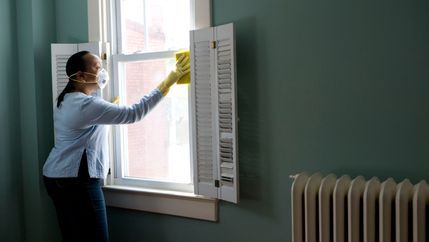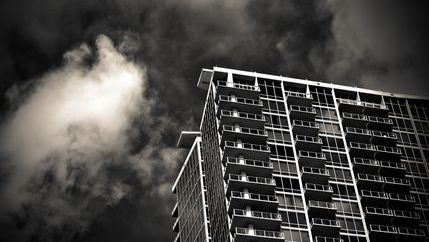
Views were sought on amending the statutory guidance (Approved Document J) supporting Part J of the Building Regulations to require that carbon monoxide alarms are fitted alongside installing flued fixed combustion appliances of any fuel type.
According to the Health and Safety Executive (HSE), there were around 20 deaths from accidental CO poisoning in England and Wales for the period Autumn 2020-2021. While these figures are relatively low, we are supportive of the consultation’s proposals to further limit the risk of carbon monoxide in rented accommodation both privately and in the social sector.
Propertymark and Policy Connect also used the opportunity to highlight that although the number of deaths is low, there is a larger number of people who are living with the impact of carbon monoxide poising including people being impacted by cardiovascular issues, neurological disorders, falls and loss of mobility, visual impairments, and problems with cognition.
Improving the safety of connected spaces
Enforcing the installation of carbon monoxide alarms in integrated spaces such as garages and lofts that contain a flued device or a flue was also called for. While these can be well-ventilated places, if a garage is connected to a home, carbon monoxide can still build up to lethal levels. Plus, where a flue passes through spaces such as a bedroom, an alarm should also be present to detect levels from a possible blockage or fault with the flue. Given the importance of safety and the relatively cheap cost of alarms, we support positioning them near flued cookers.
An increased risk to Welsh homes
It seems likely that Welsh housing may be more vulnerable to carbon monoxide poisoning than other UK housing stock. Wales has some of the poorest and oldest housing stock in the UK. According to the BRE Trust, 26.2% of Welsh housing was built pre-1919, compared to 20.6% in the UK overall and 20.8% in England.
In addition to these characteristics, Wales has additional vulnerability due to the high prevalence of fuel poverty with households at risk of fuel poverty being statistically far more exposed to the threat of carbon monoxide poisoning.
Supporting landlords and letting agents to keep contract holders safe
The safety of all individuals within a property must be paramount, especially concerning carbon monoxide. However, ensuring properties are compliant and safe must be achieved in a practical and deliverable way for landlords and their agents. Whilst we were supportive and went above what the Welsh Government recommended, we did warn that letting agents need additional time to conduct safety checks and that this was not always feasible on the first day of the contract holder’s occupancy.
Propertymark continues to engage with parliamentarians on this issue and with the All-Party Parliamentary Carbon Monoxide Group.




